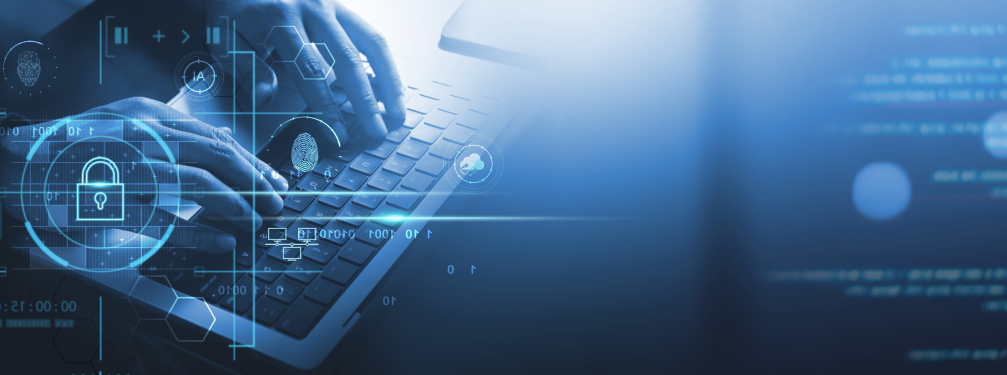



In her Procurement Foundry article “Is ‘circular’ the end of the road for the linear supply chain?” Sarah Barnes-Humphrey wrote: “Just when we have finally mastered the end-to-end visibility and collaborative capabilities necessary to maximize the performance of a linear supply chain, the rules seem to be changing.”
For those unfamiliar with the concept of the “circular” supply chain, it is, at the highest level, a process for redistributing assets.
For example, and looking at the PC industry, a company can realize savings when acquiring new technology by efficiently reintroducing their legacy technology into the marketplace. If you have ever purchased a refurbished laptop online through one of the major distributors, you are that recipient. As an aside, your unit likely came through our facility, but that is a discussion for another day.
Consumers are not the only ones to tap into the advantage of buying within the “circle.” In many instances, legacy technology customers are often charities or public sector organizations like schools who can maximize their budgets to acquire more equipment than they could if they were purchasing a new product.
Of course, there is a good deal that goes on behind the scenes from a logistical standpoint. The purpose of this article is to introduce you to the “mechanics” of the circular supply chain, including how and why securing data throughout the redistribution process is critical.
Certifying the Circle
While quality assurance programs such as ISO 9001 are a recognized standard in manufacturing new equipment, standards governing the reintroduction of refurbished units into the market are not as well known or as rigorously enforced to the same degree.
As a result, it may surprise many that there is a quality control designation that sets a high standard for reintroducing legacy technology into the marketplace. R2 certification or responsible recycling certification is a designation that is overseen by the R2 Technical Advisory Committee.
The purpose of the R2 certification program is to ensure that electronics recyclers have the necessary policies and processes to properly manage the acquisition and redistribution of used and end-of-life electronics equipment – including related materials and components. When we say “manage,” we are talking about the process for either the reintroduction or disposal of assets, including materials and energy recovery.
While Provision 7 (Tracking Throughput) of the R2 certification program requires confirmation that all downstream vendors are adhering to the prescribed standards, the lack of continuity of standards and their enforcement across this sector has been problematic.
As a result, a compromise of the standards at any point in the process has negative consequences extending from the OEM brand to the end customer. Let’s face it, when a refurb doesn’t work for the end client, t he original OEM brand and distributor of the refurbished units such as a Best Buy or Amazon takes the hit.
Beyond end-customer satisfaction and brand protection, R2 certification also sets a high standard for data security.






